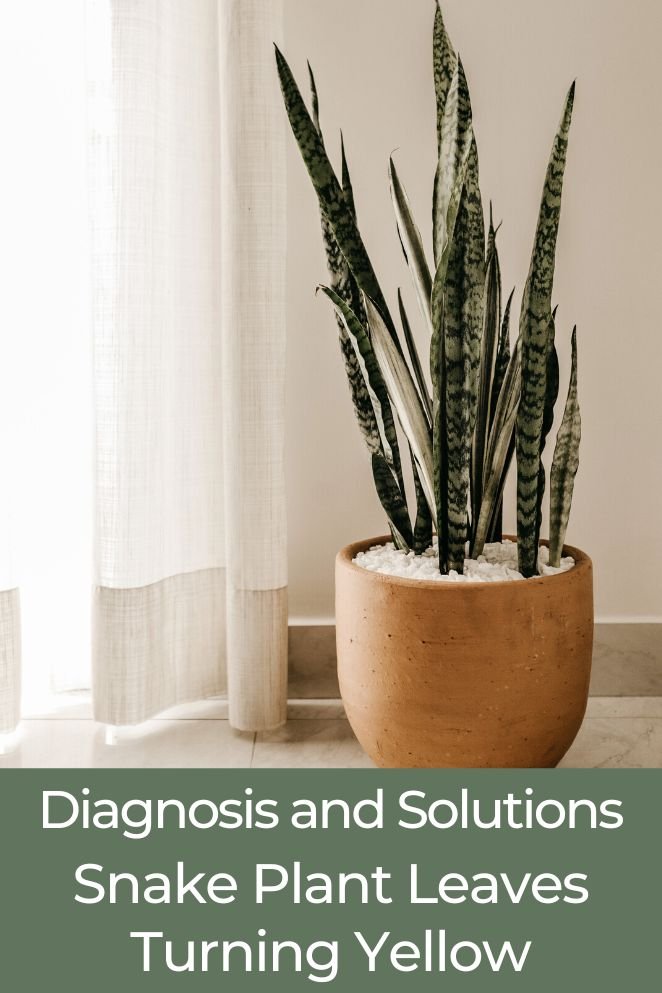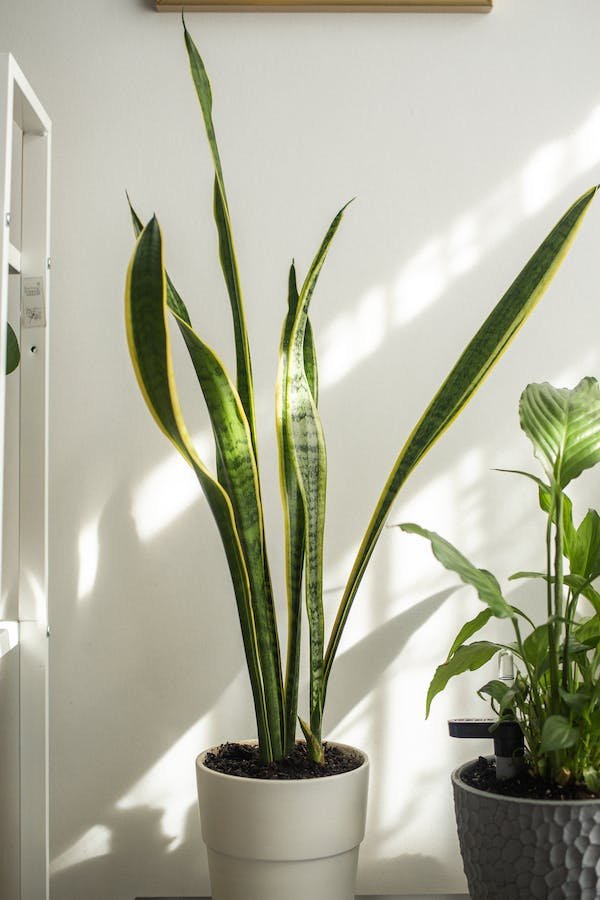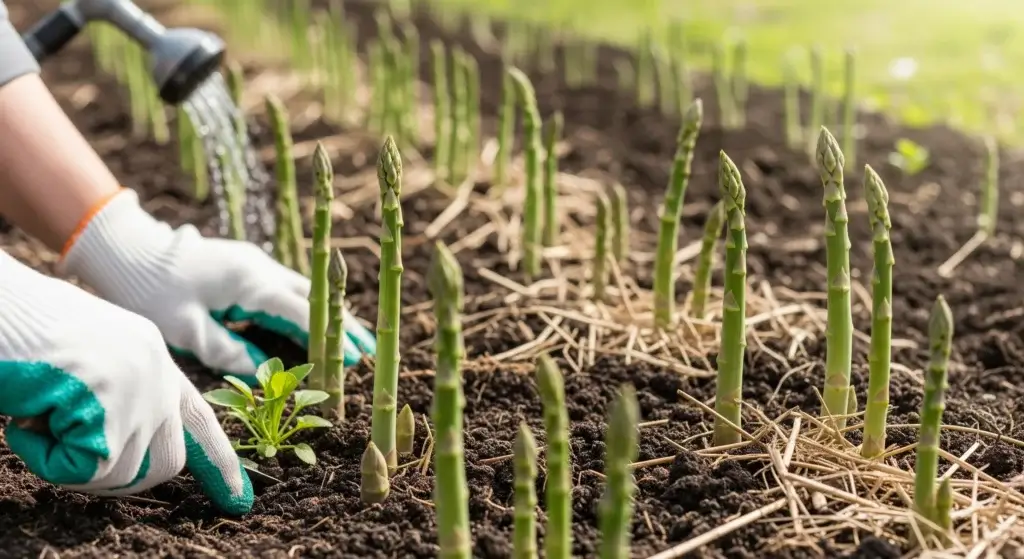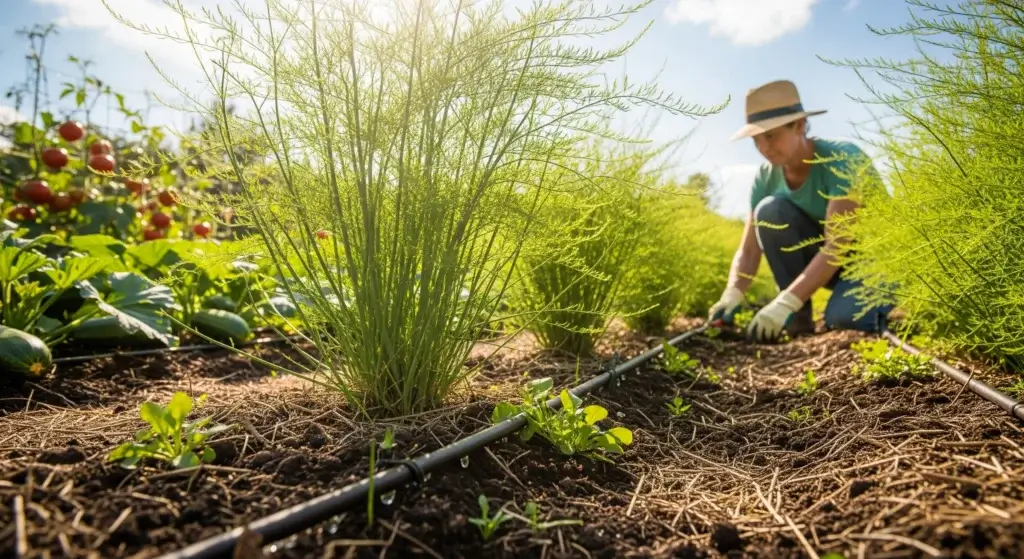
If you’re a dedicated caretaker of snake plants and find yourself distressed by the sight of yellowing leaves, fret not, fellow plant enthusiasts!
This comprehensive guide is here to address your concerns.
Together, we’ll explore the reasons behind the yellowing of snake plant leaves and provide you with the knowledge to breathe new life into your verdant companion.
Let’s demystify the issue and embark on the journey to rejuvenate your green ally.
What Are the Causes of Snake Plant Leaves Turning Yellow?
Witnessing your snake plant’s leaves turn yellow can indeed be disconcerting, but fear not – understanding the root causes is the first step towards remedying the situation.
Let’s explore the common culprits behind this phenomenon:
Overwatering or underwatering
The delicate balance of watering is crucial for snake plants.
Overwatering can lead to root rot, suffocating the plant as excess moisture deprives the roots of oxygen.
On the flip side, underwatering results in dehydration, causing the leaves to yellow and wilt.
Striking the right balance in your watering routine is key to maintaining the plant’s health.
Poor drainage
Inadequate drainage exacerbates the risk of waterlogged soil, placing undue stress on the plant’s roots.
This stress can manifest in yellowing leaves.
Ensuring proper drainage in your plant’s pot or soil is essential to prevent water from accumulating and causing harm.
Incorrect lighting
The snake plant’s relationship with light is nuanced.
Too much or too little light can induce stress, leading to yellowing.
Snake plants thrive in indirect sunlight, making it essential to find the right balance.
Adjusting the plant’s placement to ensure it receives optimal lighting conditions can make a significant difference.
Nutrient deficiency
Like any living organism, snake plants require essential nutrients for vitality.
A deficiency, especially in nitrogen, can manifest in yellow leaves.
Regularly fertilizing your snake plant with a balanced, suitable fertilizer ensures it receives the nutrients necessary for robust growth and vibrant foliage.
Pests or diseases
Unwelcome guests, such as spider mites or fungal infections, can be the underlying causes of leaf discoloration.
Regularly inspecting your plant for signs of pests or diseases and promptly addressing any issues can prevent further damage.

How Do I Fix Yellow Leaves on My Snake Plant?
Now, let’s roll up our sleeves and revive those yellowing leaves:
If your snake plant is sporting yellow leaves, fear not – let’s dive into practical solutions to breathe new life into your green companion:
Adjust watering
Give your snake plant a breather by allowing the soil to thoroughly dry out between waterings.
Overwatering can lead to root suffocation, so ensuring proper drainage is crucial.
Opt for pots with drainage holes and a well-draining soil mix to prevent waterlogged roots.
Correct lighting conditions
Provide your snake plant with the ideal lighting conditions it craves.
Opt for bright, indirect light, steering clear of direct sunlight that can scorch the leaves.
Finding the right balance in lighting ensures your plant receives the energy it needs without inducing stress.
Nutrient boost
Rejuvenate your snake plant with a nutrient boost.
During the growing season, feed it with a balanced, diluted fertilizer to address any nutrient deficiencies.
This step ensures your plant has the essential elements required for healthy foliage and robust growth.
Repotting
If the specter of root rot looms, embark on a repotting adventure.
Gently remove the plant, trim any affected roots, and repot it in fresh, well-draining soil.
This not only aids in root recovery but also prevents the spread of rot, offering your snake plant a revitalized start.
Pest control
Combat pest-related issues head-on.
Wipe down the leaves regularly to remove pests, and explore natural remedies or use insecticidal soap to keep invaders at bay.
Prompt action in addressing pest concerns is crucial to the overall health of your plant.

How Do I Know If My Snake Plant Is Still Alive?
Before bidding farewell to your snake plant, let’s explore subtle yet crucial indicators that might signal its persistence:
Inspect the roots
Dive into the root system to unveil the health status of your snake plant.
Healthy roots are typically firm and exhibit a whitish hue. However, if you encounter mushy, brown roots, it’s time for intervention.
Trim away the affected portions, allowing the remaining healthy roots to support your plant’s revival.
Check for new growth
The emergence of new shoots is a promising sign of vitality.
Direct your attention to the center of the plant, where fresh growth often manifests.
If you spot new leaves or shoots unfurling, it’s a clear indication that your snake plant is not ready to throw in the towel just yet.
Leaf pull test
Conduct a gentle leaf pull test to gauge the resilience of your snake plant.
If a yellowing leaf comes away with minimal effort, it could signify overwatering issues.
On the flip side, if the leaf resists the gentle tug, there’s still life within.
This test provides insights into the plant’s hydration status and potential for recovery.

Conclusion
The sight of yellow leaves on your snake plant may be alarming, but fear not – it’s a distress signal, not a death sentence.
By pinpointing the root cause and taking corrective measures, you can nurse your green companion back to optimal health.
Remember, patience is the cornerstone of successful plant parenting.
With a bit of tender loving care, your snake plant will soon reclaim its place in your living space, radiating vibrant greenery once again.
FAQs
Yes, with proper care and addressing the underlying issues, your snake plant can recover. Trim away severely damaged leaves and follow the revival steps mentioned earlier.
Allow the soil to dry out between waterings. Water sparingly, especially in winter when the plant’s growth slows.
Opt for a balanced, diluted liquid fertilizer. Apply during the growing season (spring and summer) and reduce or stop in the dormant period (fall and winter).



